Day 40: Crossing Legs
To create a state of imbalance, we can explore with twisting the body on itself. Crossing the knees before tying the ankles is a great way to push further the feeling of restriction. This is an interesting way to explore the body mechanic of the lower body and how the different joints of the legs can move and bend
Legs Crossing Hogtie
The first step of the crossed leg tie is to experiment and observe the range of motion of the hips, knees and ankle can move to create the position. We have to be careful not to push a joint in a direction that is painful. For example, knees can only support a certain amount of twist in them.
Once we have a position we like, we can use the upper body structure of our choice to attach the legs, individually or together. To keep the legs firmly in this position can require to use rope pulling the ankles in multiple directions.
Practice Time!
Cross the legs and explore to make your own hogtie design
Self-evaluation checklist
- The joint positions are within their comfort zone with no pain from the position itself
- The rope stays in place when moving in the tie
- Pull the tie in different directions; how does it hold?
Exploration ideas
- Try different level of twists in the legs position
- Play with different angle of the knees
- Explore with the ankles, create different positions
- How can you tie this position with a minimum amount of rope?
- Is twisting in a direction different than the other (ex: left leg on top, vs right leg on top?)
Inspirations and Resources
Coming soon!
Credit: Minimal and two rope cross legged tie M: FreakyFerret R/P: Ebi McKnotty – Hojo tie and cross legged M: Nathaniel Flumen R/P Ebi McKnotty

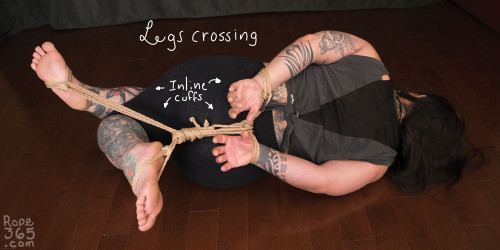
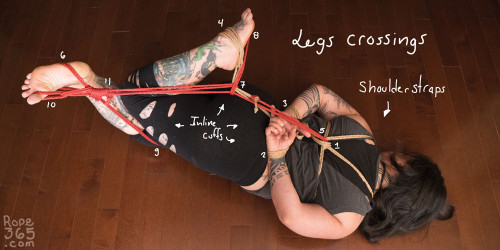
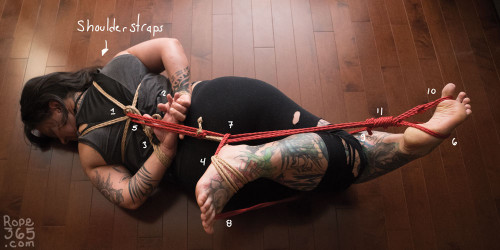
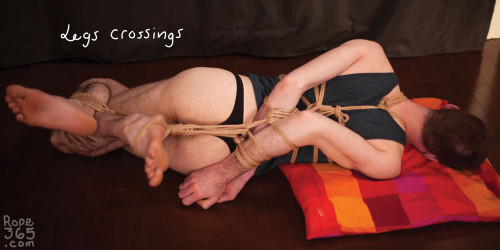
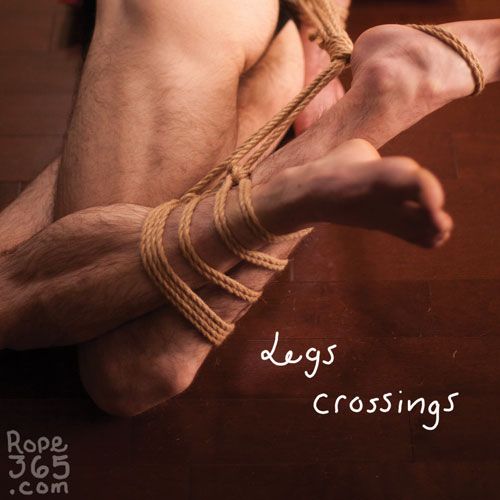
Leave a Reply